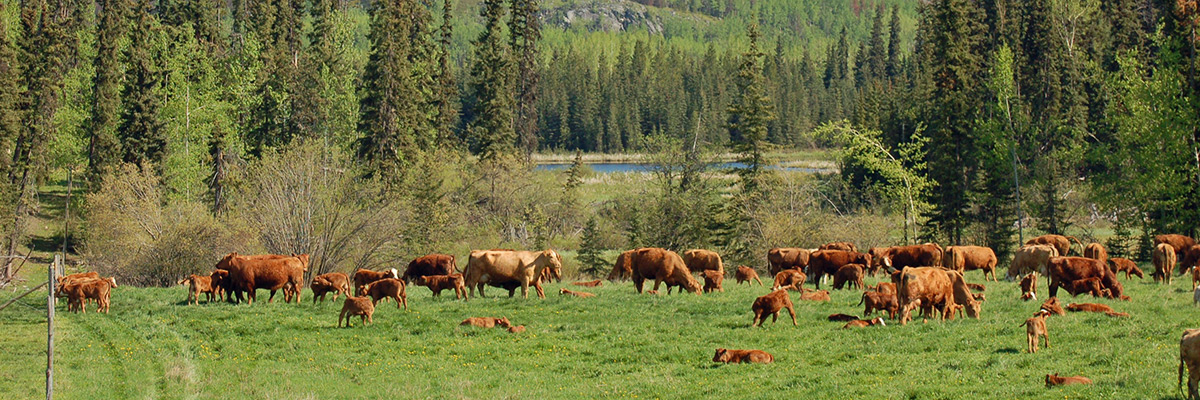Nechako Valley Regional Cattlemens Association
NVRCA
President: Mike Pritchard
Vice-President: Larry Garrett
Secretary: Chris Dowling
Financial: Butch Ruiter
Committee
Environmental Stewardship: Olin Albertson
Land Stewardship: Wayne Ray & Daniel Somerville
Public Relations: Anna Frost & Jessica Walker
Shavings: Butch Ruiter
Directors
Olin Albertson, 250-570-9280 - Sinkut
Lyla Brophy, 250-567-0803 - FFLA
Randal Dering, 250-567-9526 - Cluculz
Larry Garrett, 250-567-9470 - Cluculz
David Campbell, 250-567-0358 - Sinkut
John Kochel, 250-567-9423 - FFLA
Alex Kulchar, 250-567-9497 - FFLA
Anna Frost, 250-570-1680 - Sinkut
Charles Poole - Punchaw
Wayne Ray, 250-570-1684 - FFLA
Butch Ruiter, 250-567-8781 - Sinkut
Trevor & Janice Tapp, 250-699-6466 - FFLA
Margaret Williams, 250-567-9989 - Sinkut
Dan Wheat - Punchaw
Mike Pritchard - Cluculz Lake
Jim Brophy (Alternate) - FFLA
Jessica Walker, 250-570-1346 - Sinkut
Facts about our beef industry in the Nechako Valley and surrounding area
The total number of dollars in sales at teh B.C. Livestock Sale Yard in Vanderhoof reached just under $39 million at the end of 2015. Total dollars included the Team and Video sales of $1.1 million.
The number of animals sold was as follows (2015):
Calves and yearlings: 20,796
Cows: 2,927
Bulls: 482
The Beef Industry is the second largest industry in the Nechako Valley, behind Forestry!
Beef producers and their families contribute to the social and economic well-being of the Nechako Valley and have done so for many years. Our families are actively involved in and support local activities such as youth and sports groups, church events, charities, schools, etc.
With profitability back in the family beef operations many local businesses are benefiting. Fertilizer sales, equipment sales, parts sales, lumber sales, fuel sales, etc. are all on the rise. With those increases come jobs to the community.
Demand for beef in the emerging economies of the world is growing. A recent paper produced by Farm Credit Canada "2015 Beef Sector Report" states that 'the world export market for beef to grow from 9.9 million metric tonnes in 2014 to 11.9 million metric tonnes by 2023. Hong Kong consumption has almost doubled between the years of 2012 and 2013. China is expected to make up 22% of the increase in world between the beef consumption years of 2013 and 2019. Canada contributes 5.8% of this export market.'

.png)
